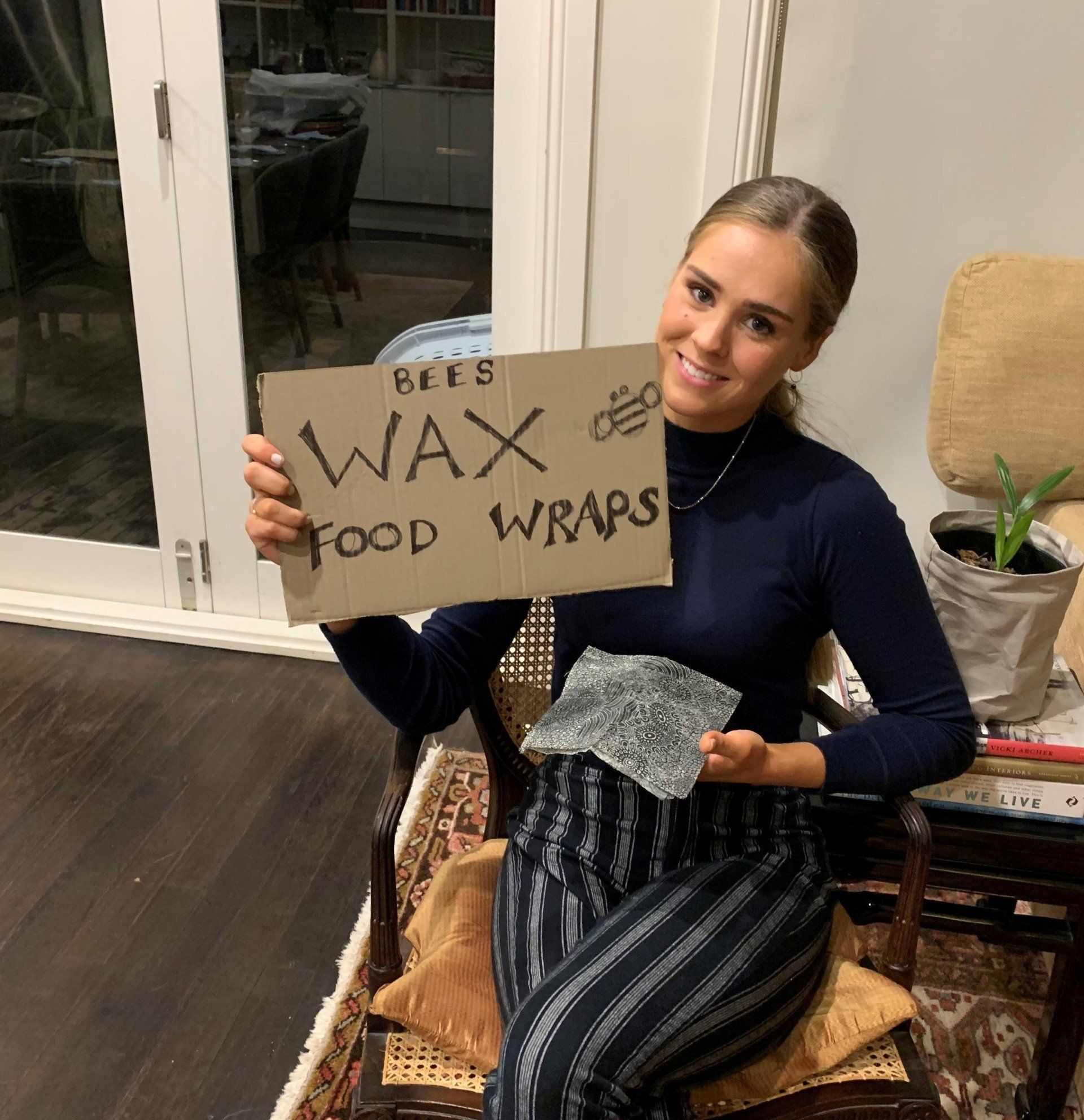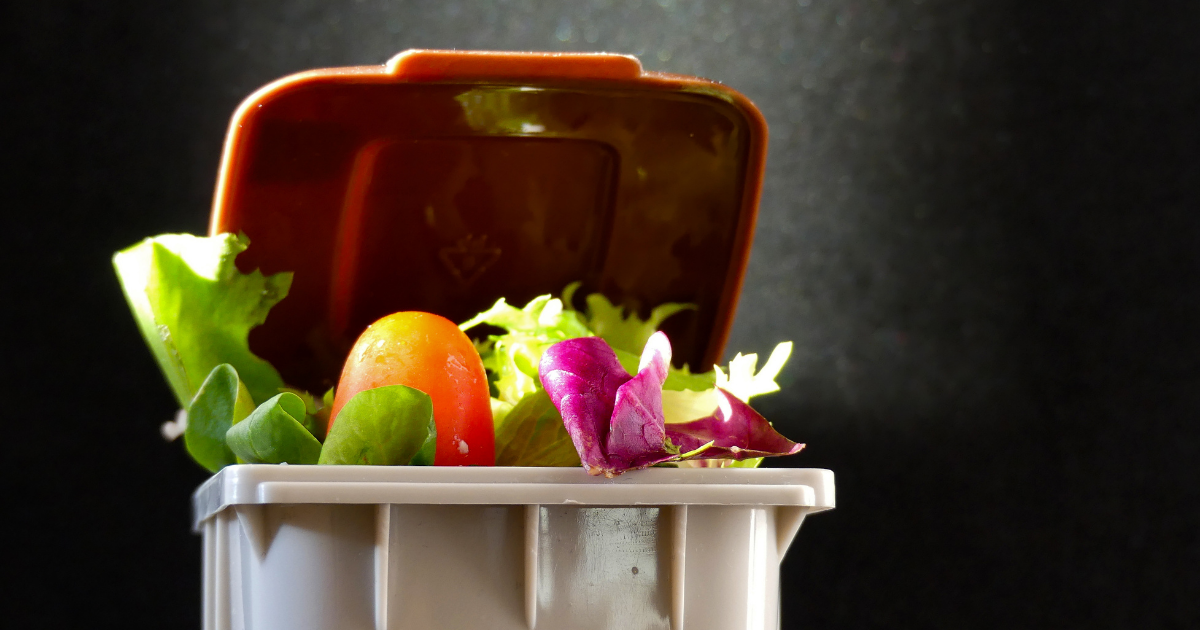Have Yourself a Sustainable Little Christmas
We’ve wrapped up a bunch of sustainable tips to make sure you have a truly Green Christmas.

Christmas is the season for overconsumption, with Australian shoppers spending over $55 billion during the 2020 Christmas trade period. From the tree, to decorations, food, alcohol, and gifts for parents, partners, extended families, co-workers, teachers…the list goes on. And all of that consumption is not good for the planet, with Australians generating up to 50% more waste during the silly season.
But we’ve wrapped up a bunch of sustainable tips to make sure you have a truly Green Christmas.
The Tree
Whether you choose real or fake depends on several factors including your location, proximity to Christmas tree farms, size of your house, whether you have young children or pets, how long you use it for, and more. But here are some general tips to consider when choosing what to put your presents under this year.
· Use what you have – If you already have a fake tree, keep using it. For the environmental footprint of a fake tree to match that of a real one, you need to use it at least 10 times, and many trees can last much longer if well looked after.
· Buy secondhand – If you decide you want a fake one, consider buying secondhand. This means less resources going into making new ones and helps divert waste from landfill. Find them on Facebook Marketplace, Gumtree, and local charity shops.
· Use a potted tree – Many trees can be kept in pots year-round or kept potted for Christmas and then re-planted in the garden after the festive period ends. Go for a traditional pine or have a true-blue Aussie Christmas and choose a native tree. Or you could put decorations on any pot plants you already have around the house.
· Rent – Some Christmas Tree farms allow you to rent a real tree, decorate it and use it for the holiday season, and then return it to be re-planted for next year. Or if you’re not close to a farm that offers this, see if you can hire a fake one. Often these are delivered, set-up, and professionally decorated for you, so you can enjoy the Christmas magic without having to lift a finger.
Decorations
As with the Christmas Tree, use what you have first, and if you do need additional decorations consider buying secondhand. Some other tips include:
· Use natural materials – Christmas decorations often include copious amounts of tinsel, glitter, and plastic ornaments. Avoid unnecessary plastic and non-biodegradable items by choosing decorations made from natural materials such as wood, greenery, burlap, or dried fruit.
· Make your own – From garlands, to wreaths, ornaments, baubles, and even Christmas crackers and stockings, there are plenty of fun DIY decoration projects for you and the family. Upcycle items from around the house such as jars, toilet paper cores, corks, or last year’s Christmas cards. Forage for pine cones, driftwood and sticks, flowers and greenery. Knit, stitch, or crochet your festive ornaments this year, or get crafty in the kitchen and make decorations from salt dough, dried orange slices, cinnamon sticks and more.
· Use LED or solar lights – LEDs use 75% less energy than halogens and last 5-10 times longer, meaning less greenhouse gas emissions and less waste. They also give off almost no heat, so they’re cool to touch and pose less fire risk. Or make the most of the abundance of sun during an Aussie summer Christmas and switch to solar powered Christmas lights.
Gifts
Australians are expected to spend more than $11 billion on Christmas presents this year. While that may be great for retailers after a challenging year, it’s not so great for the environment, with some estimates suggesting that at least $630 million of that was on unwanted presents. So, make sure you think with sustainability in mind when choosing gifts this year.
· Focus on quality not quantity – Instead of buying lots of smaller presents, put your money towards one big gift that the person really wants. Avoid gimmicks, joke stocking fillers and gag gifts that might seem fun at the time, but will end up in the bin soon after the short-lived novelty has worn off.
· Buy better – Support home-grown businesses and buy locally. Choose eco-friendly, recycled, fair-trade, and ethical products. And try to avoid plastic and battery-operated toys.
· Make your own – Making your own gifts is extra special and thoughtful, and they’re not only fun to receive but fun to make. Try your hand at sewing, knitting, or crocheting (try scarfs, tote bags, pillowcases, eye masks, or slippers), whip up something in the kitchen (such as baked goods, jams and chutneys, recipe kits, or infused alcohols and oils), do DIY pamper kits (bath bombs and salts, body scrubs, moisturisers and more), or if you’re handy with a paintbrush or tools the options are almost endless.
· Regift – Regifting was once considered a faux pas, but in today’s world of the budget savvy and sustainably conscious, regifting is a much more acceptable option and a great way to pass on items to someone else to enjoy. A survey from Galaxy research and online marketplace Gumtree found that 9.5 million Australians would regift, so you won’t be alone. Just make sure you follow proper etiquette to avoid any hurt feelings.
· Give experiences – Instead of a physical gift, why not give your loved ones a gift they’ll remember forever. Research shows experiential gifts contribute more to happiness than material items, so why not treat them to a fancy meal at that restaurant they’ve been wanting to go to for ages, a weekend away to somewhere on their bucket list, tickets to a show or a sports game, a picnic under the stars, or plan a treasure hunt around your local area.
· Give virtual/digital gifts – From digital gift cards, to subscriptions for streaming services, or e-reader and audiobooks, there’s lots of great digital gift options now available that can reduce your carbon footprint. And COVID-19 has given rise to a whole host of new virtual experiences such as cooking or cocktail making classes, which mean you could even share in the fun.
· Give a gift that gives back – This year why not make a donation to help those in need, or buy from a charity store where funds will go back to supporting the good work. Check out some great gifts you could get from the Clean Up Australia store.
Cards and Wrapping
Producing and sending Christmas cards and wrapping paper contributes to deforestation, carbon emissions, water usage, and waste. Research from CARE Australia has found that Australians use over 150,000 kilometres of wrapping paper – enough to wrap around the Earth 4 times! And sending just one card releases the equivalent of 140g of CO2 into the atmosphere. So, here’s a wrap up of more sustainable options.
· Leave it out – Consider not wrapping gifts this year (not necessary if you give an experience or make a donation), and just hand them directly to your loved ones. Instead of sending Christmas cards, why not opt for e-cards, a text or phone call, or a face-to-face message of festive cheer.
· Re-use – Re-use old wrapping paper, recycled paper, gift bags, newspapers, magazines, and children’s artwork. Avoid single use packaging and give gifts in decorative boxes, baskets or bags, or in fabric that can be used again, such as scarves, tea towels or even beeswax wraps. Re-use last year’s cards as gift tags or postcards.
· Choose sustainable materials – Look for cards and wrap with the FSC (Forest Stewardship Council) label, choose recycled and recyclable materials, opt for vegetable-based ink, and avoid products with glitter, foil, metallic detail, cellophane, bows or ribbons. Limit the amount of sticky tape you use, and use brown paper tape or twine instead.
· Go handmade – Making your own wrap and cards can be easy and lots of fun. Re-use and upcyle items from around the house, and try to use sustainable materials.
· Recycle – For anything you don’t or can’t re-use, make sure you recycle it properly.
Food
In Australia at Christmas, supermarket retailer Woolworths alone sells a staggering 80,000 turkeys, more than two million kilos of half leg ham, 2 million kilos of prawns, one million oysters, over six million fruit mince pies, over half a million pavlovas, and over 900,000 punnets of cherries! This year it’s important to watch your waste as well as your waist.
· Make a plan – Avoid buying more than you need this year by making a plan and a shopping list before you stock up. There’s plenty of handy online tools to help you know how much to cater for your guest list. This will help avoid lots of food going to waste.
· Add more plant-based foods – Traditional Christmas meals are usually very meat heavy, and while we’re not suggesting you swap out your turkey for a plateful of brussels sprouts, consider adding more plant-based options to your plate. Try nut roast, vegan wellington, or holiday stuffed butternut pumpkin. If you can’t totally skip the Christmas ham, then try reducing your portions and adding more vegetables or salads.
· Buy better – Try to choose local and seasonal produce, and if you must include meat on your plate opt for sustainably sourced meat and seafood.
· Use up leftovers – Australians throw away one third of the food we buy each year, equivalent to $8 billion, and that is evident over the Christmas period. Hopefully you’ve made a shopping list and haven’t over catered too much, but if you do have leftovers a Google quick search will give you loads of fantastic recipes to use them up. We like Boxing Day sandwiches, leftover pie, Christmas curry, fried rice, fritters, and many more. For anything else left uneaten, make sure you store it properly and freeze it for later use, or compost it.
· Share with others – Or why not share with others and donate your leftovers. Check with neighbours, aged care facilities, homeless shelters, or check with local charities and organisations like Foodbank, OzHarvest, and SecondBite to see who might be in need of a full belly and some festive cheer.
Emily is a traveller, fitness fan, and writer with a passion for encouraging everyone to create a positive impact for people and planet.
Search for other blog topics:





